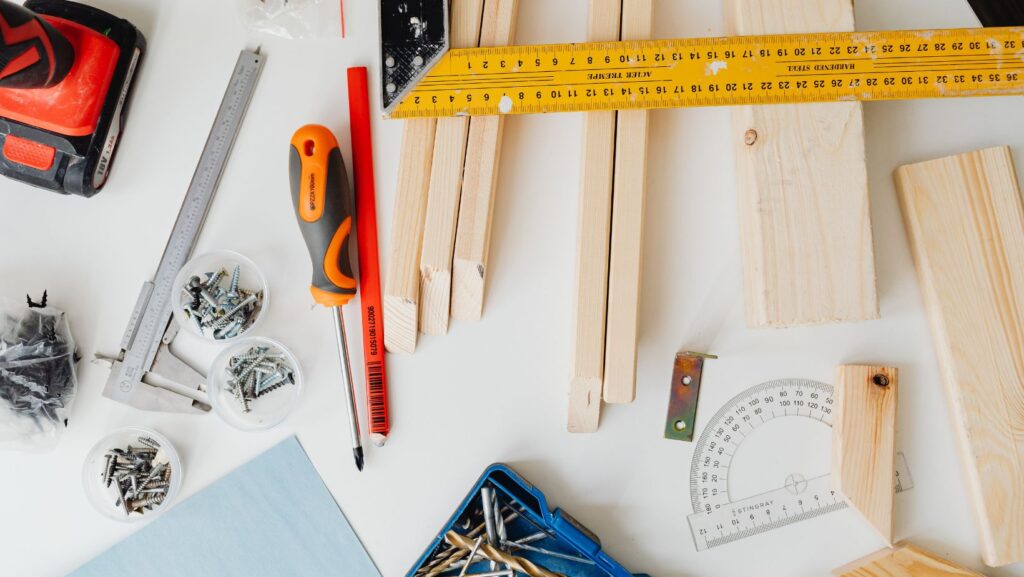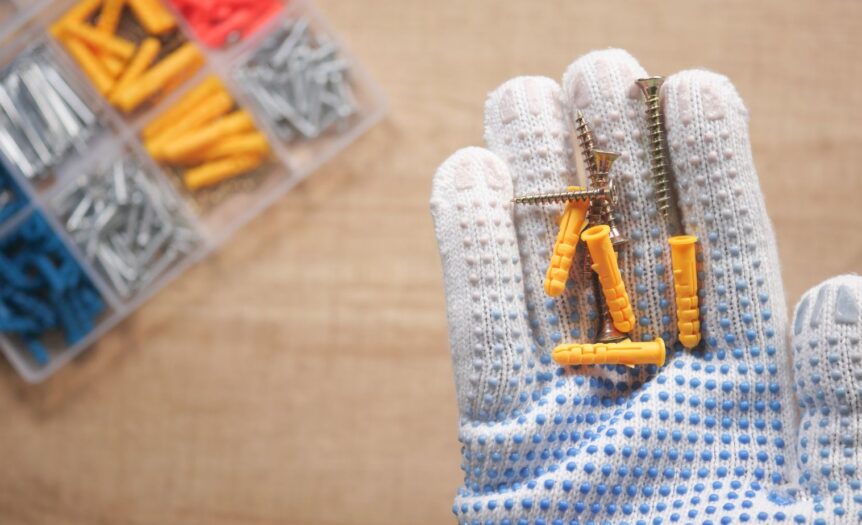When building or upgrading any outdoor space—whether it’s a garden deck, pergola, planter box, or patio seating—most people focus on wood type, design, or finish. Yet the true strength and longevity of any garden structure depend on something far less glamorous but absolutely essential: high-quality construction screws. These small components are responsible for keeping your builds secure, stable, and weather-resistant for years to come.
Outdoor projects often face harsher conditions than indoor builds. Sun, wind, moisture, and temperature changes demand fasteners that can handle stress without corroding or loosening. This is why choosing the right screw type is just as important as selecting the right wood.
Why Screw Quality Matters in Garden and Patio Builds
Not all screws are created equal. Standard interior screws may be suitable for furniture or indoor carpentry, but they struggle in environments with high humidity or direct exposure to rain. For outdoor structures, poor-quality screws can rust quickly, stain the wood, or even snap under pressure.
This is where structural screws come into play. When working with timber, composite boards, or treated lumber, many homeowners and professionals prefer premium construction screws designed specifically for durability and load-bearing strength.
These screws are engineered with coatings that protect against corrosion and are built to resist bending or breaking during high-torque installation. They also feature advanced thread designs that grip wood fibers tightly, preventing movement over time.
Ideal Uses for Construction Screws in the Garden
Construction screws are extremely versatile and suitable for a wide range of outdoor structures. Some of the most common uses include:
- Decking projects – Secure deck boards, joists, and frames with screws that won’t warp or split the timber
- Pergolas and gazebos – Reliable fasteners are essential for overhead structures exposed to strong winds
- Raised garden beds – With constant soil moisture, corrosion-resistant screws are a must
- Wooden fencing – For both stability and long-term weatherproofing
- Outdoor furniture – Benches, tables, and loungers benefit from screws that can withstand movement and load

For ideas and inspiration on how these screws can play a role in outdoor upgrades, you can explore project ideas directly on the site’s lifestyle section such as the garden inspiration page.
Choosing the Right Type of Screw for Your Project
Before you begin your build, consider these factors when selecting your screws:
1. Material Compatibility
Some screws are made for hardwoods, others for softwoods, and some for composite materials. Using the wrong screw can cause splitting or stripping.
2. Coating & Corrosion Resistance
Look for screws with coatings such as ceramic, zinc, or galvanized finishes. These protect against moisture and rust—key for garden settings.
3. Screw Length & Diameter
Longer screws offer better hold but may pierce through thin boards. The general rule is that the screw should be at least twice the thickness of the top piece of wood.
4. Drive Type
Star-drive (Torx) screws offer excellent grip and reduce stripping—ideal for long or repetitive builds.
Building Safely and Sustainably
Good construction practice is also about sustainability. High-quality screws reduce the need for replacements, meaning less waste and fewer repairs. For safe and effective building techniques, organizations like the Royal Horticultural Society (RHS) provide reliable guidance.
Final Thoughts: Small Details, Big Impact
Every solid outdoor structure—whether it’s a deck for summer gatherings or a pergola that frames a garden oasis—relies on the integrity of its fasteners. Investing in premium construction screws ensures that your hard work stands strong against the elements.
The right fasteners won’t just make your builds look better—they’ll make them last longer.



